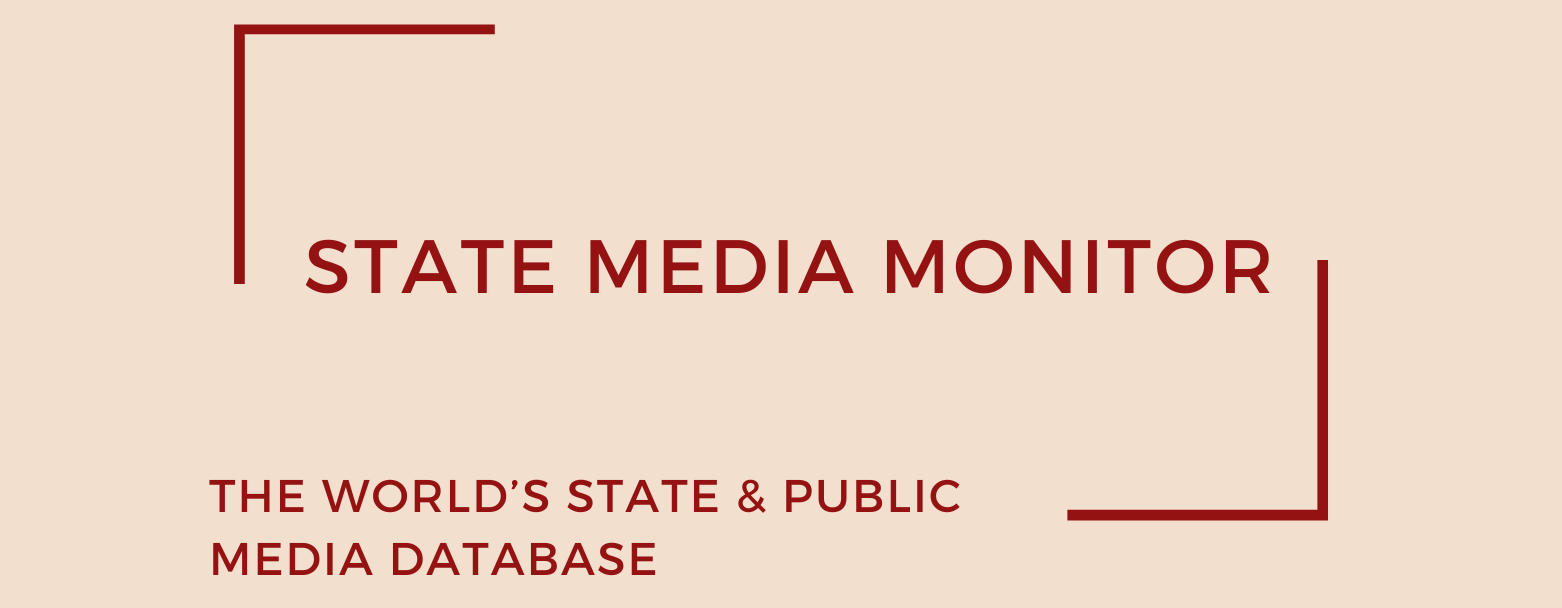Al-Thawra Press and Publishing
Media asset
Publishing: Al-Thawra
State Media Matrix Typology
State-Controlled (SC)
The protracted Yemeni Civil War, which erupted in 2014, continues to cast a long shadow over the country’s media landscape. The conflict, primarily between the internationally recognized government—formerly led by President Abdrabbuh Mansur Hadi and now represented by the Presidential Leadership Council (PLC)—and the Houthi movement (Ansar Allah), has fractured the nation’s institutions, including its once-unified state media. In the absence of a stable central authority, Yemen’s media sector has descended into a battleground of competing narratives, propaganda warfare, and extreme censorship.
During the presidency of Ali Abdullah Saleh, Yemen’s media operated within a tightly controlled environment, with clearly demarcated red lines. While freedom was limited, journalists often knew the parameters within which they could function. That clarity has since dissolved. The collapse of central authority and the fragmentation of territorial control have ushered in an era of media chaos, where new red lines are not only broader but constantly shifting, depending on the faction in power.
The period of 2014–2015 marked a turning point. As the Houthis overran the capital, Sana’a, and consolidated control over large swathes of territory, media outlets sympathetic to the Hadi administration became prime targets. Numerous stations were shut down, looted, or repurposed to serve the Houthi cause. Journalists faced intimidation, abduction, or worse—many disappeared altogether. What remained of the profession became a shell of its former self, reduced to operating within the confines of factional allegiance or exile.
In March 2025, the U.S. classified the Houthis as a Foreign Terrorist Organization, significantly intensifying sanctions and complicating humanitarian logistics despite a partial waiver for aid.
In such a perilous environment, neutrality has become a near-impossible stance. Journalists are often forced to align themselves with the authority—whether militia or government—that controls their region. Many have abandoned the profession altogether or fled the country, contributing to an unprecedented media brain drain.
Fragmentation of “State” Media
In a country that effectively functions as a failed state, determining what qualifies as “state media” is a fraught exercise. Today, Yemen is governed by parallel administrations:
- On one side, the Supreme Political Council led by the Houthis from Sana’a, which exercises de facto control over much of northern Yemen but lacks international recognition.
- On the other, the Presidential Leadership Council (PLC), formed by decree in Riyadh on 7 April 2022 with Saudi support and international recognition, which governs southern territories and serves as the successor to the Hadi government. A significant reshuffle occurred in May 2025 when Prime Minister Ahmed Awad bin Mubarak resigned amid political gridlock, and Salem Saleh bin Braik—former finance minister—was installed by the PLC.
Both claim legitimacy. Both operate media outlets bearing the insignia and institutional legacy of the Yemeni state.
Founded in 1962, Al-Thawra (Arabic for “The Revolution”) is one of Yemen’s oldest and once most respected daily newspapers. Over the decades, it evolved into a flagship institution of state-affiliated journalism in the capital, Sana’a. However, like much of Yemen’s media landscape, it underwent a dramatic transformation following the political and military upheaval of 2015.
In early 2015, after Houthi forces seized control of Sana’a, Al-Thawra Press and Publishing was swiftly taken over by the new de facto authorities. Since then, the outlet has been fully controlled—both editorially and institutionally—by the Supreme Political Council (SPC), the governing body established by the Houthi movement in the absence of internationally recognized governance in northern Yemen.
Today, Al-Thawra operates as an unambiguous mouthpiece of the Houthi regime. Its coverage is tightly aligned with the movement’s ideological and geopolitical narratives, serving as a key platform for official propaganda. The paper routinely echoes the SPC’s positions on domestic governance, regional conflicts, and global affairs—particularly in amplifying hostility toward Saudi Arabia, the United States, and Israel, and voicing strong support for Palestinian resistance and Iranian-aligned movements.
In 2025, amid the intensification of the regional conflict—including Israeli and U.S. airstrikes on Houthi-controlled infrastructure—Al-Thawra’s role as a wartime propaganda vehicle has only deepened. Its print editions and online presence frequently carry front-page coverage glorifying Houthi military resilience, denouncing Western interventionism, and commemorating fallen fighters. Despite infrastructure disruptions caused by air raids, the paper has maintained continuous publication, aided by robust digital channels and its central place within the Houthi communication apparatus.
Notably, Al-Thawra remains one of the few functioning print dailies in northern Yemen, where newsprint shortages, electricity outages, and the economic collapse have devastated traditional media. Its survival is largely due to direct subsidies from the SPC and its embeddedness within the Houthi-controlled state apparatus.
July 2025
Citation (cite the article/profile as part of):
Dragomir, M. (2025). State Media Monitor Global Dataset 2025.
Media and Journalism Research Center (MJRC).
Zenodo.
https://doi.org/10.5281/zenodo.17219015
This article/profile is part of the State Media Monitor Global Dataset 2025, a continuously updated dataset published by the Media and Journalism Research Center (MJRC).
